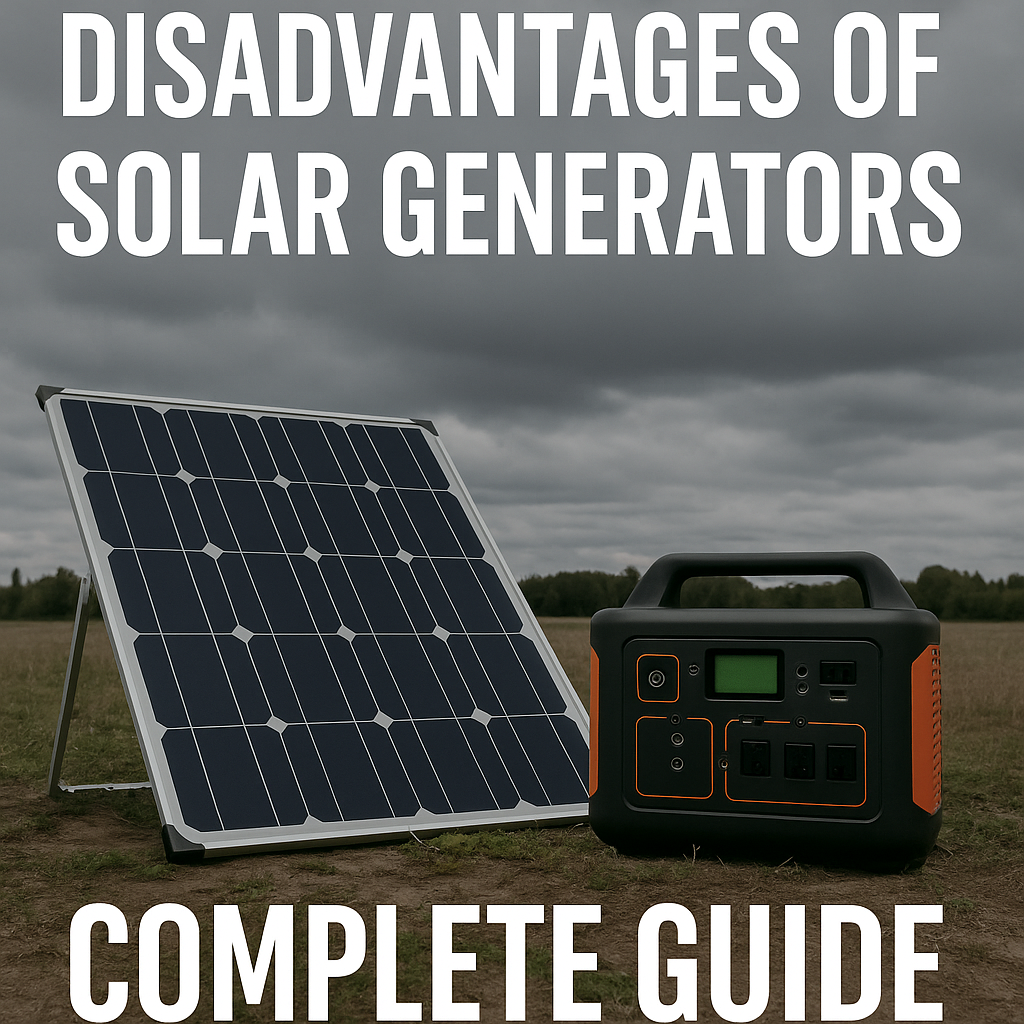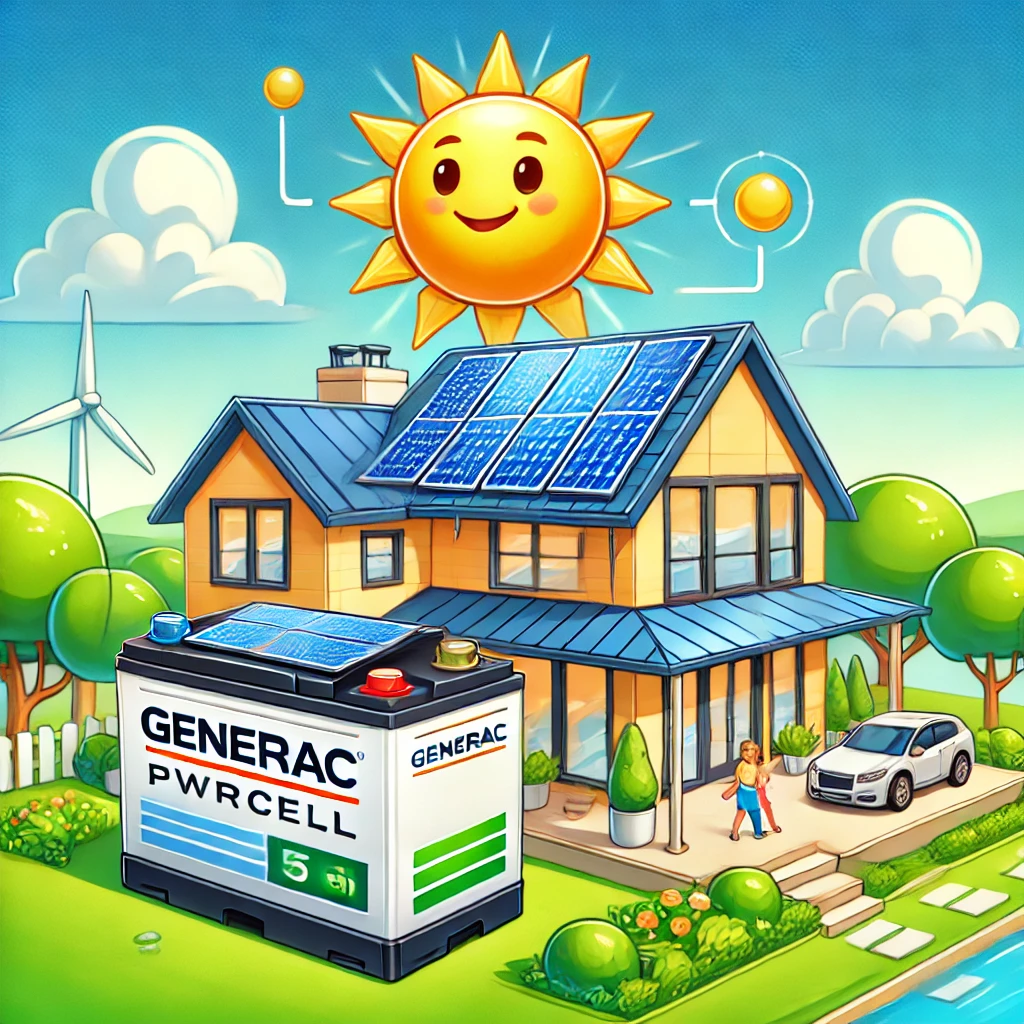Solar power is quickly becoming one of the most popular renewable energy options. When people think about solar panels, the sleek black modules often seen on rooftops are usually monocrystalline solar panels. They’ve earned their reputation for being efficient, long-lasting, and reliable — but what exactly makes them different from other solar technologies?
In this guide, we’ll break down what monocrystalline solar panels are, how they’re made, their advantages, disadvantages, and why they’re often considered the top choice for homeowners and businesses alike.
What Are Monocrystalline Solar Panels?
Monocrystalline solar panels are made from a single continuous crystal of silicon, which allows electricity to flow more efficiently than in panels with multiple crystals. This is why they’re also called single-crystal panels.
Visually, they’re easy to recognize:
- Color: Black, due to their high-purity silicon.
- Cell Shape: Rounded edges with a uniform, modern look.
Their design makes them stand out from polycrystalline panels, which are blue and speckled, or thin-film panels, which are slim but less efficient.
How Are Monocrystalline Solar Panels Made?
The manufacturing process is more complex than other panel types, which is one reason for their higher cost:
- Growing the Silicon Ingot: Using the Czochralski method, a seed crystal is dipped into molten silicon and slowly pulled upward, forming a cylindrical ingot.
- Cutting Wafers: The ingot is sliced into thin wafers that form the base of solar cells.
- Cell Processing: Conductive layers and coatings are added to turn the wafers into photovoltaic cells.
- Panel Assembly: Dozens of cells are wired together, laminated with glass, and framed in aluminum to create the final panel.
This process produces high-quality, durable panels — but it also results in more material waste compared to polycrystalline manufacturing.
Efficiency of Monocrystalline Panels
Efficiency refers to how well a solar panel converts sunlight into electricity.
- Average Efficiency: 20%–23%
- High-End Models: 24%–25%+ with advanced cell designs
Because of this, monocrystalline panels generate more electricity per square foot than other panel types. This makes them ideal for small rooftops or areas where space is limited.
Lifespan and Degradation
One of the biggest strengths of monocrystalline panels is their long service life:
- Typical Lifespan: 25–30 years
- Degradation Rate: Around 0.3%–0.5% per year
- Performance After 25 Years: Often still producing 85%–90% of original output
This durability is why manufacturers confidently back them with 25-year performance warranties.
Advantages of Monocrystalline Solar Panels
- High Efficiency: Generate more power from less space.
- Long Lifespan: 25–30+ years of consistent performance.
- Space-Saving: Great for rooftops with limited room.
- Reliable Warranties: Often 25 years or longer.
- Sleek Design: Black panels look modern and uniform.
- Solid ROI: High output and long life provide excellent long-term savings.
Disadvantages of Monocrystalline Solar Panels
- Higher Upfront Cost: More expensive than polycrystalline and thin-film.
- Manufacturing Waste: Cutting silicon wafers creates leftover material.
- Heat Sensitivity: Efficiency can drop slightly in very hot climates.
- Energy-Intensive Production: The process consumes more resources.
Monocrystalline vs. Other Solar Panels
| Feature | Monocrystalline | Polycrystalline | Thin-Film |
|---|---|---|---|
| Efficiency | 20%–23% (up to 25%+) | 15%–17% | 10%–13% |
| Lifespan | 25–30+ years | 20–25 years | 10–20 years |
| Cost | Highest | Moderate | Lowest |
| Space Requirement | Low (most efficient) | Medium | High (needs more area) |
| Appearance | Black, sleek | Blue, speckled | Thin, uniform |
| Warranty | 25+ years | 20–25 years | 10–15 years |
Verdict: Monocrystalline panels are best for long-term projects and limited space. Polycrystalline offers a balance between cost and performance, while thin-film works well for portable or large-scale systems.
Cost of Monocrystalline Panels
- Price Per Watt (2025): $0.80–$1.30
- System Costs: Higher upfront but lower long-term costs thanks to durability and efficiency.
- ROI: Excellent for homeowners planning to stay in their home for decades or businesses investing in renewable energy.
Best Uses for Monocrystalline Panels
- Residential Rooftops: Where efficiency and space-saving matter most.
- Commercial Installations: Long warranties and high performance make them cost-effective.
- Urban Areas: Compact panels deliver strong output in limited spaces.
- Off-Grid Cabins: Reliable power source for remote living.
- Solar Farms: High efficiency ensures maximum power generation per acre.
Environmental Impact
Monocrystalline panels are generally environmentally friendly in operation, but their production requires:
- High energy use
- Large amounts of purified silicon
- Water-intensive manufacturing
However, their long life and recyclability offset these drawbacks. Silicon, glass, and aluminum are commonly recycled at the end of their service life.
Warranties and Guarantees
- Product Warranty: 10–15 years against defects.
- Performance Warranty: Usually 25 years, guaranteeing at least 80–85% output.
This coverage reflects manufacturers’ confidence in their durability and reliability.
The Future of Monocrystalline Solar Panels
Monocrystalline technology continues to evolve with innovations like:
- PERC (Passivated Emitter and Rear Contact): Boosts efficiency by reflecting unused light back into the cell.
- TOPCon (Tunnel Oxide Passivated Contact): Raises efficiency above 25%.
- HJT (Heterojunction Technology): Combines crystalline silicon with thin-film layers for superior performance.
- Bifacial Panels: Capture sunlight from both the front and back, increasing output.
These advancements ensure monocrystalline panels will remain the leading solar technology in the coming decades.
FAQs
What are monocrystalline solar panels best for?
They’re best for rooftops, businesses, and projects where space and efficiency are priorities.
Do monocrystalline panels work in cloudy weather?
Yes, though output decreases, they still generate power in low-light conditions.
Are they worth the higher cost?
For long-term projects and homeowners planning to stay put, yes. The savings outweigh the upfront cost.
How do they compare to polycrystalline panels?
Monocrystalline panels are more efficient, last longer, and look better, but they cost more.
Conclusion
Monocrystalline solar panels are widely regarded as the best all-around choice for solar energy systems. They offer exceptional efficiency, a lifespan of 25–30 years, and strong warranties, making them a reliable investment for homes, businesses, and solar farms.
While they cost more upfront, their long-term performance, durability, and return on investment make them worth every penny.
Bottom line: If you want solar panels that will deliver reliable energy for decades, monocrystalline panels are one of the smartest investments you can make.



